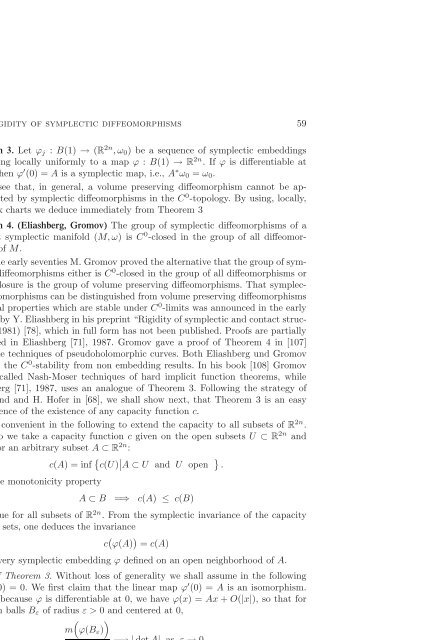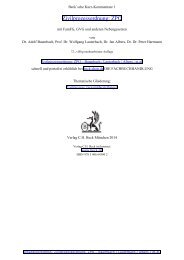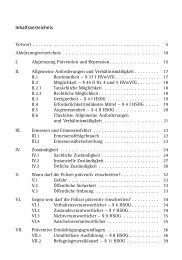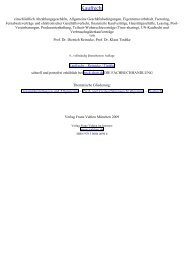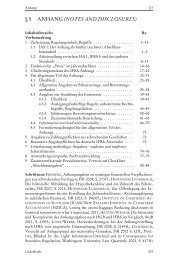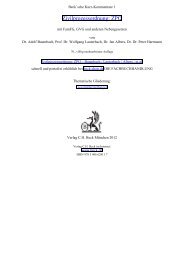Symplectic Invariants and Hamiltonian Dynamics - Hofer / Zehnder ...
Symplectic Invariants and Hamiltonian Dynamics - Hofer / Zehnder ...
Symplectic Invariants and Hamiltonian Dynamics - Hofer / Zehnder ...
Create successful ePaper yourself
Turn your PDF publications into a flip-book with our unique Google optimized e-Paper software.
idity of symplectic diffeomorphisms 59<br />
3. Let ϕj : B(1) → (R 2n ,ω0) be a sequence of symplectic embeddings<br />
ng locally uniformly to a map ϕ : B(1) → R 2n .Ifϕ is differentiable at<br />
enϕ ′ (0) = A is a symplectic map, i.e., A ∗ ω0 = ω0.<br />
ee that, in general, a volume preserving diffeomorphism cannot be apted<br />
by symplectic diffeomorphisms in the C 0 -topology. By using, locally,<br />
charts we deduce immediately from Theorem 3<br />
4. (Eliashberg, Gromov) The group of symplectic diffeomorphisms of a<br />
symplectic manifold (M,ω) isC 0 -closed in the group of all diffeomorf<br />
M.<br />
e early seventies M. Gromov proved the alternative that the group of symiffeomorphisms<br />
either is C 0 -closed in the group of all diffeomorphisms or<br />
osure is the group of volume preserving diffeomorphisms. That symplecmorphisms<br />
can be distinguished from volume preserving diffeomorphisms<br />
l properties which are stable under C 0 -limits was announced in the early<br />
y Y. Eliashberg in his preprint “Rigidity of symplectic <strong>and</strong> contact struc-<br />
981) [78], which in full form has not been published. Proofs are partially<br />
d in Eliashberg [71], 1987. Gromov gave a proof of Theorem 4 in [107]<br />
e techniques of pseudoholomorphic curves. Both Eliashberg und Gromov<br />
the C 0 -stability from non embedding results. In his book [108] Gromov<br />
alled Nash-Moser techniques of hard implicit function theorems, while<br />
rg [71], 1987, uses an analogue of Theorem 3. Following the strategy of<br />
d <strong>and</strong> H. <strong>Hofer</strong> in [68], we shall show next, that Theorem 3 is an easy<br />
nce of the existence of any capacity function c.<br />
convenient in the following to extend the capacity to all subsets of R 2n .<br />
we take a capacity function c given on the open subsets U ⊂ R 2n <strong>and</strong><br />
r an arbitrary subset A ⊂ R 2n :<br />
c(A) =inf c(U) A ⊂ U <strong>and</strong> U open .<br />
e monotonicity property<br />
A ⊂ B =⇒ c(A) ≤ c(B)<br />
e for all subsets of R 2n . From the symplectic invariance of the capacity<br />
sets, one deduces the invariance<br />
c ϕ(A) = c(A)<br />
ery symplectic embedding ϕ defined on an open neighborhood of A.<br />
Theorem 3. Without loss of generality we shall assume in the following<br />
) = 0. We first claim that the linear map ϕ ′ (0) = A is an isomorphism.<br />
because ϕ is differentiable at 0, we have ϕ(x) =Ax + O(|x|), so that for<br />
balls Bε of radius ε>0 <strong>and</strong> centered at 0,<br />
<br />
m ϕ(Bε)


